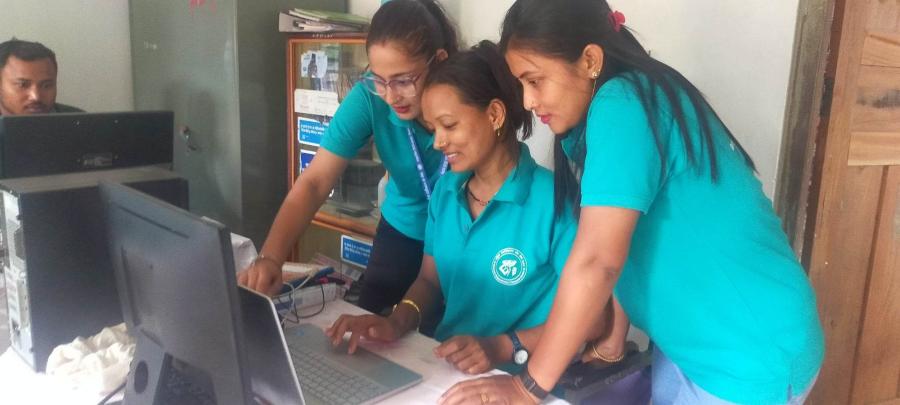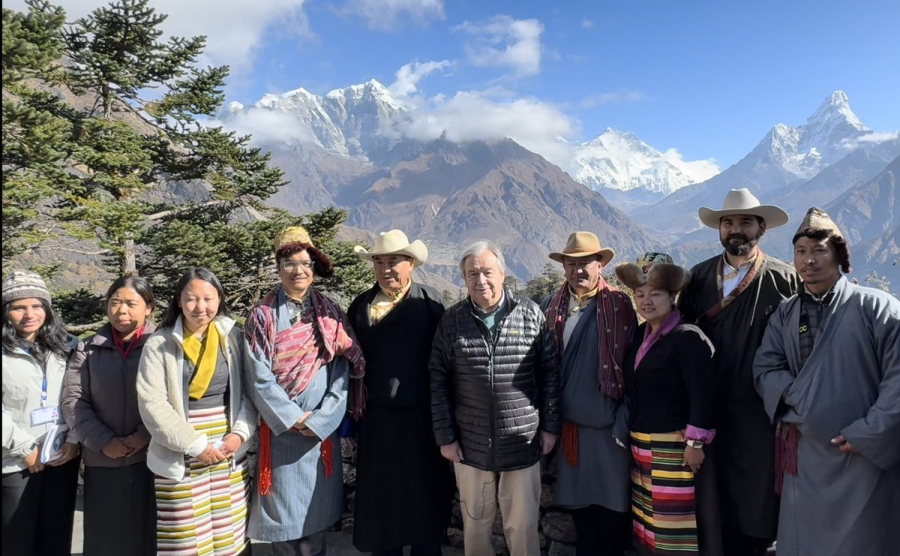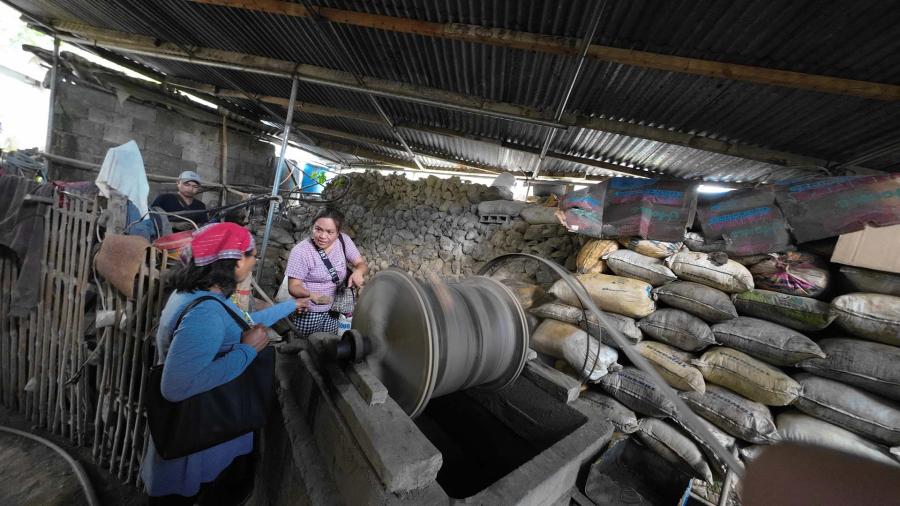Nepal indigenous communities face controversial reclassification of their culture that will impact their status in Nepali development benefits such as affirmative action in employment.
At the request of the former Nepali government’s Ministry of Local Development, the Nepal Federation of Indigenous Nationalities (NEFIN) in recently released an updated list of all indigenous communities, organized according to each group’s level of marginalization. The list, which will be used for far-reaching development decisions, including a national hiring system requiring a minimum number of indigenous groups, has been received by Nepal’s indigenous peoples with questions and criticism. The major questions surround the presence and absence of indigenous groups, the categories used to define each group’s level of marginalization, and the criteria that determine the level of marginalization.
NEFIN submitted the list of 59 indigenous groups with little input from the diverse indigenous community because of the immediate deadline from the government, said Association of Nepalese Indigenous Journalists (ANIJ) President Chandra Singh Kulung. NEFIN created the list with an ad hoc committee of indigenous groups who were available to join the meeting. As a result, some have criticized that the basis for classification was not relevant to the indigenous nationalities in Nepal because it does not take into account the fundamental indigenous culture’s traditional knowledge and skills and their cultural values.
Several indigenous communities complain that they were classified as Rai, an indistinct label that describes many distinct indigenous groups. They want NEFIN to separately list each Kirati indigenous group, a move that would require at least 20 more groups to be categorized.
People have also questioned the criteria used to determine groups’ levels of marginalization. NEFIN used the UNDP and World Bank’s Human Development Index and the Nepalese Central Bureau of Statistics’ 2001 Census Report to formulate the criteria.
According to the 2002 National Foundation for Uplift of Adivasi/Janajati Act, indigenous peoples are:
- Those who have ethnic languages other than Nepali
- Those who have distinct traditional customs other than that of ruling high castes
- Those who espouse distinct cultures other than the Hindu culture of dominant groups
- Those who have distinct social structures that do not fall under the hierarchical Varna or caste system
- Those who have written or oral history that traces their line of descent back to the occupants of their territories before the annexation into present Nepal
- Those who are included in the list of adivasis/janajatis published by the government of Nepal



